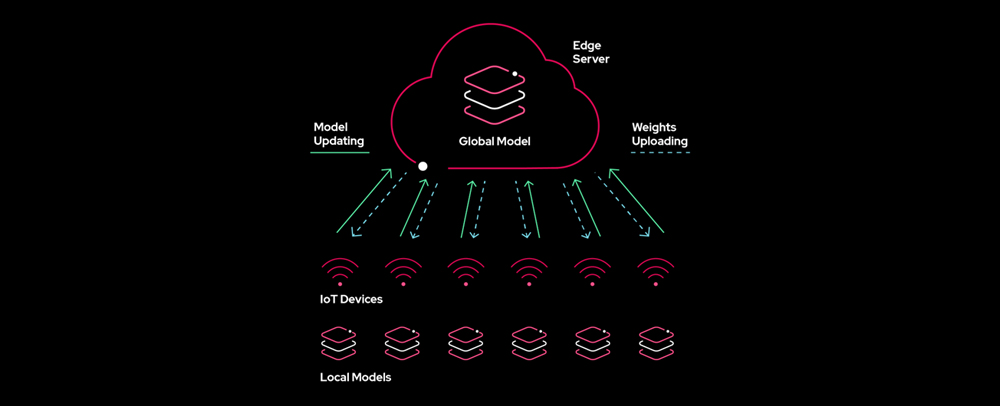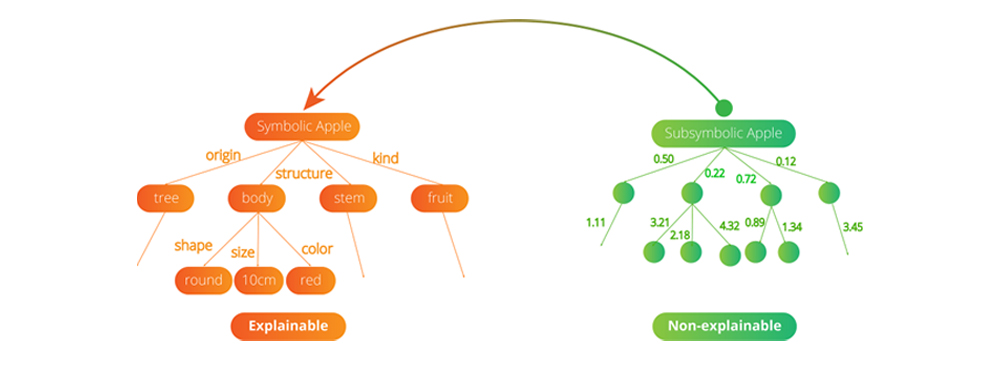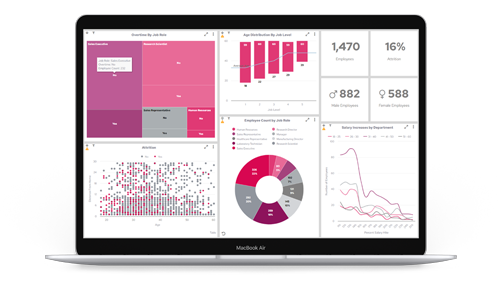In the ever-evolving landscape of Artificial Intelligence, staying ahead of the curve is crucial. This blog delves into the 4 AI trends set to redefine how organizations approach and utilize AI. Below, we navigate through AI Simulation, Federated Machine Learning, Neuro-Symbolic AI, and Causal AI that's been included in the Gartner Hype Cycle for Emerging Technologies.
AI Simulation: Simulating virtual outcomes for real-world success
The first AI trend in our list is AI Simulation. Simulations like Formula 1 driving, flying planes, and operating trains in a safe and simulated environment have existed for years; this, in fundamental terms, is the basis for AI Simulation. However, imagine building and test-driving an AI model in a safe, simulated environment before releasing it into the real world. This form of Artificial Intelligence allows organizations to repeat and refine models by simulating potential outcomes and impacts. As AI tools and technologies advance, we can expect an increased focus on gaining confidence in models through simulation.
Federated Machine Learning: The power of collective intelligence
Combined observations are better than a single observation. Let’s take a real-world example of this; humans can learn, e.g., they can read a book, but they are limited to their own observations and experiences of that book. However, a hive of bees can quickly share information through a hive mind to locate the best sources of pollen, harnessing the power of distributed data. Federated Machine Learning works on a similar basis to a hive mind, much like bees.
Federated machine learning leverages the collective observations of multiple data points, which could be a sensor, device, or even a car. These observations get pushed up to a ‘master brain’ or, much like the bees, a ‘hive,’ where a model is created, refined, and then pushed down to individual nodes for application so decisions can be made on collective experiences.
With the explosion of sensor-based technologies, especially in moving objects and fixed assets, Federated Machine Learning is becoming a driving force in various domains and is set to become another AI trend in the near future.

Causal AI: Keeping the human in the loop
Addressing the shortcomings of correlation-based models, Causal AI focuses on understanding causation. Unlike correlation, which highlights simultaneous occurrences, causation identifies the root cause. Understanding data more deeply and identifying the root cause becomes crucial for businesses when making informed changes. Causal AI seeks to uncover causation by keeping humans in the loop, enabling businesses to make strategic decisions based on a deeper understanding of data. This AI trend looks to be adopted by organizations worldwide as it’s explainable, observable, understandable, and auditable. All are hugely important for businesses when adopting trustworthy forms of AI.
Neuro-Symbolic AI: Merging the old and new
This AI trend blends the old and the new to create a more observable and explainable AI model. ‘Traditional’ AI is viewed in many people's minds as teaching robots tasks through explicit rulesets, akin to following a recipe. These rulesets use semantics, which adds a description to the rule to be easily understood if read. On the other hand, neural networks operate numerically, making them less interpretable. Neuro-symbolic AI combines the best of both worlds, creating models that are not only understandable but also explainable. This hybrid approach is promising in generating models bridging the gap between human comprehension and machine efficiency.

Many organizations are already riding the wave of these upcoming AI trends. But for those not yet ready to take the plunge, being equipped with knowledge and a proactive approach to these trends can help navigate this ever-changing landscape.
Whatever form of AI your organization chooses to adopt, these AI trends unlock fresh avenues of efficiency, comprehension, and innovation.






















